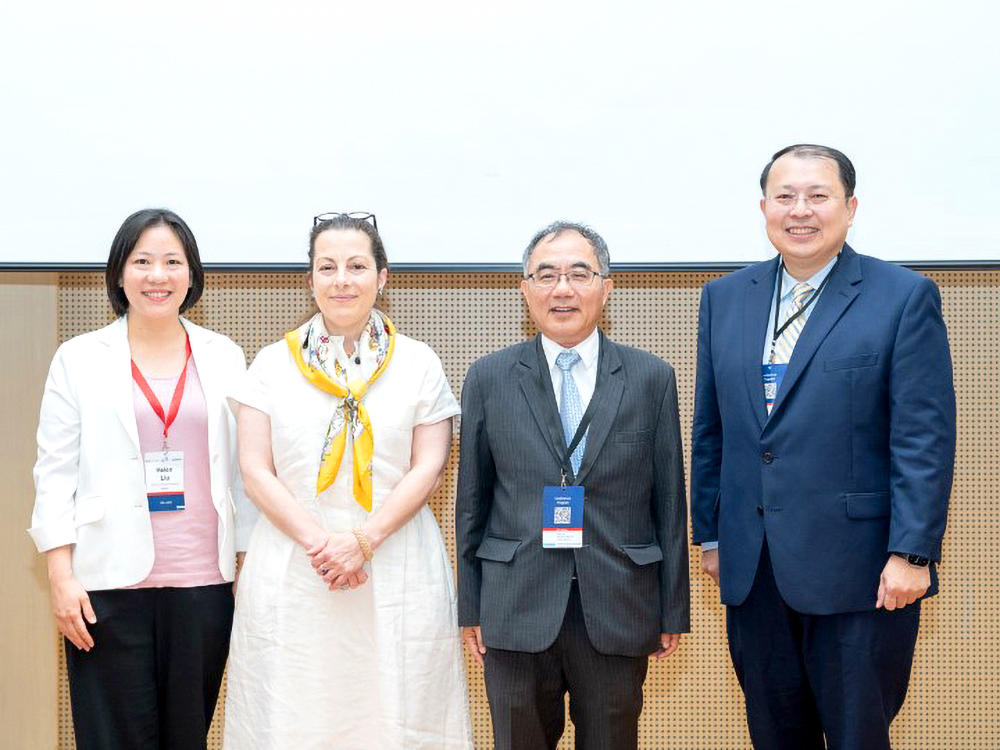
NTU Opening Ceremony: “Where Creativity and Dreams Take Flight”
瀏覽器版本過舊,或未開啟 javascript
請更新瀏覽器或啟用 javascript
Spotlights
One reconstructed scene in the Pleistocene Park. Three saber-toothed cats preyed on a juvenile mammoth. Illustrated by Mauricio Antón.
A, the first confirmed saber-toothed cat from Taiwan; B, the reconstructed mandible of the saber-toothed cat from Taiwan; C, a well-preserved mandible of a saber-toothed cat from Alaska, USA.
Associate Professor Cheng-Hsiu Tsai of NTU’s Department of Life Sciences and University of California, Berkeley collaborated on an international paleontology research project, which findings confirmed for the first time that saber-toothed cats (Machairodontinae) once existed in Taiwan in ancient times.
Machairodontinae, including the famous Smilodon and Homotherium, was an iconic Pleistocene carnivore lineage that occupied a critical ecological paleo-niche and is thought to have had a profound impact on ice-age ecosystem structure. Recent ancient molecular studies on Homotherium suggest a wider distribution than that inferred from the fossil record, highlighting a need for additional fieldwork, fossil collection, and research in understudied geographic regions. After the original publication 80 years ago that identified a Pleistocene carnivore fossil as Felis sp. in Taiwan, here we revise its identification and demonstrate the presence of the large machairodontine cat, Homotherium sp., in the Pleistocene of Taiwan, suggesting the eastern-most occurrence of this lineage in Eurasia. Our results also emphasize the importance of fossil curation and in-depth research in elucidating regional hidden diversity and lost ecosystem structure for the understanding faunal turnover and the origin of modern biodiversity.
The study has been published in Papers in Palaeontology on October 28, 2022:
https://onlinelibrary.wiley.com/doi/full/10.1002/spp2.1469

NTU Opening Ceremony: “Where Creativity and Dreams Take Flight”

Prof. Wei-Shiung Yang wins MOE National Excellent Teacher Award

NTU College of Public Health's Global Health Program Joins the Association of Schools of Public Health in the European Region

NTU hosts a successful dg.o 2024

Congratulations to NTU faculty members elected as 34th AS academicians
Current Spotlights